Vegetables To Plant Together For A Healthy And Productive Garden
Title: Vegetables to Plant Together for a Healthy and Productive Garden
Introduction:
Companion planting is a gardening technique that involves planting certain vegetables together for mutual benefit. By understanding which plants complement each other, you can create a more productive and pest-resistant garden.
There are many different benefits to companion planting. Some of the most common include:
- Attracting pollinators: Many companion plants attract beneficial insects, such as bees and butterflies, which help to pollinate your crops. This can lead to increased yields.
- Repelling pests: Some companion plants can help to repel pests, such as aphids, beetles, and mosquitoes. This can help to reduce the need for pesticides.
- Improving soil health: Companion plants can help to improve the soil by adding nutrients, reducing soil erosion, and suppressing weeds.
- Optimizing sunlight and water use: Companion plants can be used to shade the soil, reduce wind, and help to conserve water. This can lead to healthier plants.
Main Content:
There are many different companion planting combinations that you can try. Here are a few of the most popular:
Beans and corn: Beans are legumes, which means they can fix nitrogen in the soil. This is beneficial for corn, which is a heavy nitrogen user. Beans also provide shade for corn, which can help to prevent the corn from getting sunburned.
Carrots and onions: Carrots and onions have different root systems, so they do not compete for water or nutrients. Onions also help to repel carrot flies, which can be a major pest of carrots.
Cucumbers and tomatoes: Cucumbers and tomatoes have similar growing requirements, so they can be planted together. Cucumbers help to suppress weeds, and tomatoes help to deter pests such as whiteflies.
Lettuce and spinach: Lettuce and spinach are both cool-season crops, so they can be planted together. They also have similar water and nutrient requirements.
Peas and peppers: Peas are nitrogen-fixing legumes, which is beneficial for peppers. Peppers also help to deter pests such as aphids and spider mites.
Potatoes and marigolds: Marigolds help to repel nematodes, which can be a major pest of potatoes. They also help to attract pollinators, which can help to increase yields.
Squash and beans: Squash and beans can be planted together in a "three sisters" arrangement. The beans climb up the corn stalks, the squash spreads out to shade the soil, and the corn provides support for the beans.
These are just a few of the many different companion planting combinations that you can try. By experimenting with different combinations, you can find the ones that work best for your garden.
Conclusion:
Companion planting is a great way to improve the health and productivity of your garden. By understanding which plants complement each other, you can create a more balanced and pest-resistant ecosystem.
If you are new to companion planting, there are many resources available to help you get started. There are books, websites, and even apps that can provide you with information about different companion planting combinations.
With a little bit of planning, you can use companion planting to create a beautiful and productive garden that will be a source of enjoyment for years to come.
Companion planting is a great way to improve the health and productivity of your vegetable garden. By planting certain vegetables together, you can attract beneficial insects, deter pests, and improve the flavor of your produce.
There are many different companion planting combinations that you can try. Some popular pairings include:
- Tomatoes and basil: Basil helps to repel tomato hornworms, and the two plants also complement each other's flavors.
- Beans and corn: Beans fix nitrogen in the soil, which benefits corn. Corn provides shade for beans, which helps to protect them from pests.
- Carrots and onions: Onions help to repel carrot fly, and the two plants also have different root zones, so they don't compete for water and nutrients.
For more information about companion planting, visit Home Gardening.
FAQ of vegetables to plant together
- What are the benefits of companion planting?
Companion planting is the practice of planting different plants together for mutual benefit. There are many benefits to companion planting, including:
* Reduced pest and disease problems: Some plants can repel or attract pests, so planting them together can help to keep your garden healthy. For example, basil repels aphids, while marigolds attract ladybugs, which eat aphids.
* Improved pollination: Some plants attract pollinators, such as bees and butterflies. These pollinators help to pollinate your crops, which can lead to a better harvest. For example, tomatoes and peppers benefit from being planted near herbs such as basil and chives, which attract pollinators.
* Enhanced soil health: Some plants can improve the soil quality, which can benefit all of the plants in your garden. For example, beans and peas fix nitrogen in the soil, which is a nutrient that many plants need.
* Increased yields: Companion planting can help to increase the yields of your crops. For example, corn, beans, and squash can be planted together in a system called the Three Sisters, which can help to improve the yields of all three crops.
- What are some good vegetable companions?
Here are some good vegetable companions:
* Tomatoes and basil: Basil repels aphids, which can be a problem for tomatoes. Basil also improves the flavor of tomatoes.
* Beans and corn: Beans fix nitrogen in the soil, which is a nutrient that corn needs. Corn provides support for the beans to climb.
* Peas and carrots: Peas fix nitrogen in the soil, which is a nutrient that carrots need. Carrots help to suppress weeds, which can be a problem for peas.
* Cucumbers and melons: Cucumbers and melons need a lot of water, so planting them together can help to conserve water.
* Lettuce and spinach: Lettuce and spinach prefer cool weather, so planting them together can help to extend their growing season.
- What are some vegetables that should not be planted together?
Here are some vegetables that should not be planted together:
* Tomatoes and potatoes: Tomatoes and potatoes are susceptible to the same diseases, so planting them together can increase the risk of disease.
* Broccoli and cauliflower: Broccoli and cauliflower are both in the cabbage family, and they are susceptible to the same pests. Planting them together can increase the risk of pest infestation.
* Peas and onions: Peas have a shallow root system, and onions have a deep root system. The two plants can compete for water and nutrients, which can stunt the growth of both plants.
* Cabbage and strawberries: Cabbage can attract pests that can also damage strawberries. Planting them together can increase the risk of pest infestation.
- Do vegetables need to be planted in pairs?
No, vegetables do not need to be planted in pairs. However, companion planting can help to improve the health and productivity of your garden. If you are new to companion planting, you can start by planting a few of the most common companion plants together. As you gain more experience, you can experiment with different combinations of plants to see what works best for your garden.
Image of vegetables to plant together
10 different images of vegetables to plant together that are free to use:
- Carrots and radishes: These two root vegetables grow well together because they have different root depths. Carrots have deep roots, while radishes have shallow roots. This means that they won't compete for water and nutrients.
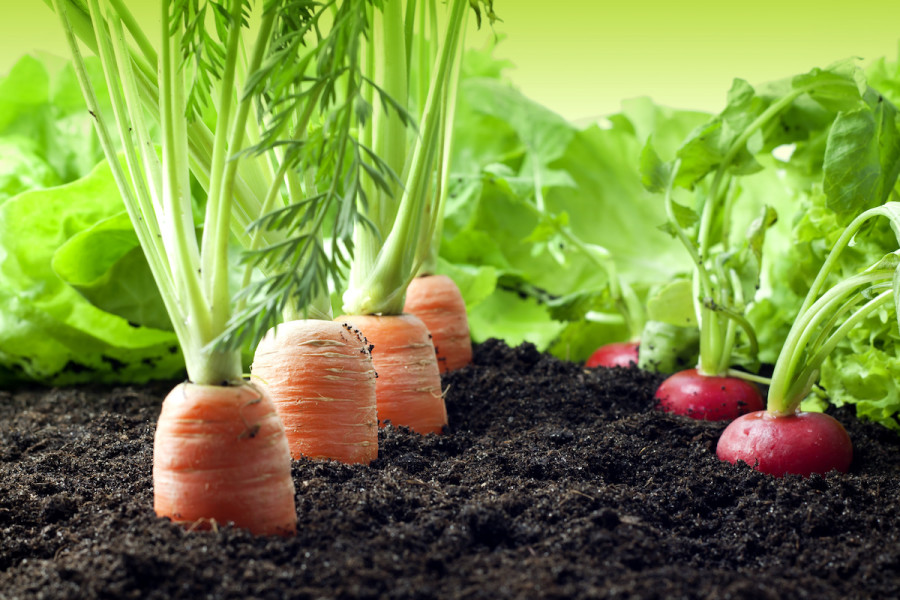
- Lettuce and tomatoes: Lettuce and tomatoes are a classic combination that is both visually appealing and delicious. Lettuce provides shade for the tomatoes, which helps to protect them from the sun. Tomatoes also help to deter pests from lettuce.
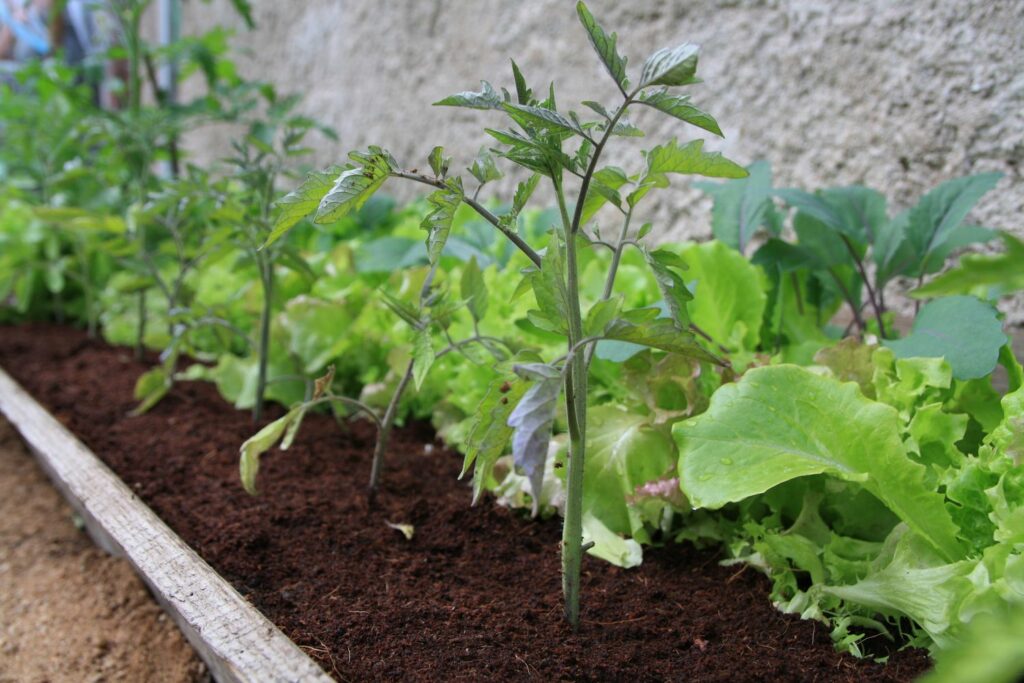
- Peas and beans: Peas and beans are both legumes, which means that they fix nitrogen in the soil. This helps to improve the fertility of the soil, which benefits all of the plants in the garden. Peas and beans also help to suppress weeds.
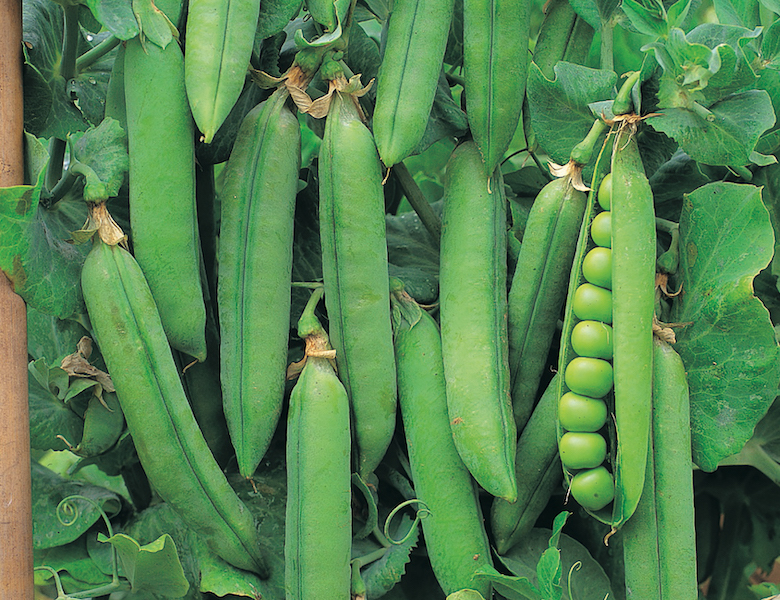
- Cucumbers and melons: Cucumbers and melons are both vining plants, which means that they need support to grow. They can be planted together because they have similar needs. Both plants need full sun and well-drained soil.

- Potatoes and spinach: Potatoes and spinach are a good companion planting because they have different nutrient requirements. Potatoes need a lot of nitrogen, while spinach doesn't need as much. This means that they won't compete for nutrients.

- Kale and Brussels sprouts: Kale and Brussels sprouts are both cool-season crops, which means that they can be planted in the spring or fall. They are also both relatively low-maintenance plants, which makes them a good choice for beginner gardeners.

- Swiss chard and onions: Swiss chard and onions are a good companion planting because they have different growth habits. Swiss chard is a tall, leafy plant, while onions are a short, bulbous plant. This means that they won't shade each other out.

- Arugula and carrots: Arugula and carrots are a good companion planting because they have different harvesting times. Arugula is a fast-growing plant that is harvested early in the season. Carrots are a slow-growing plant that is harvested later in the season. This means that you can plant arugula in between the rows of carrots and have both crops ready to harvest at different times.
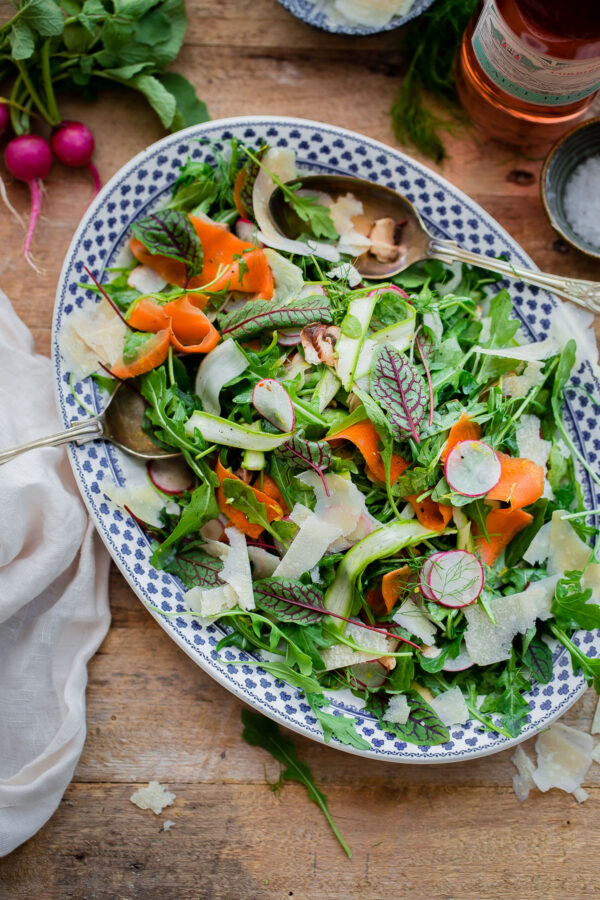
- Herbs: Herbs are a great addition to any vegetable garden. They can be used to flavor food, attract pollinators, and deter pests. Some good herbs to plant with vegetables include basil, oregano, thyme, and rosemary.
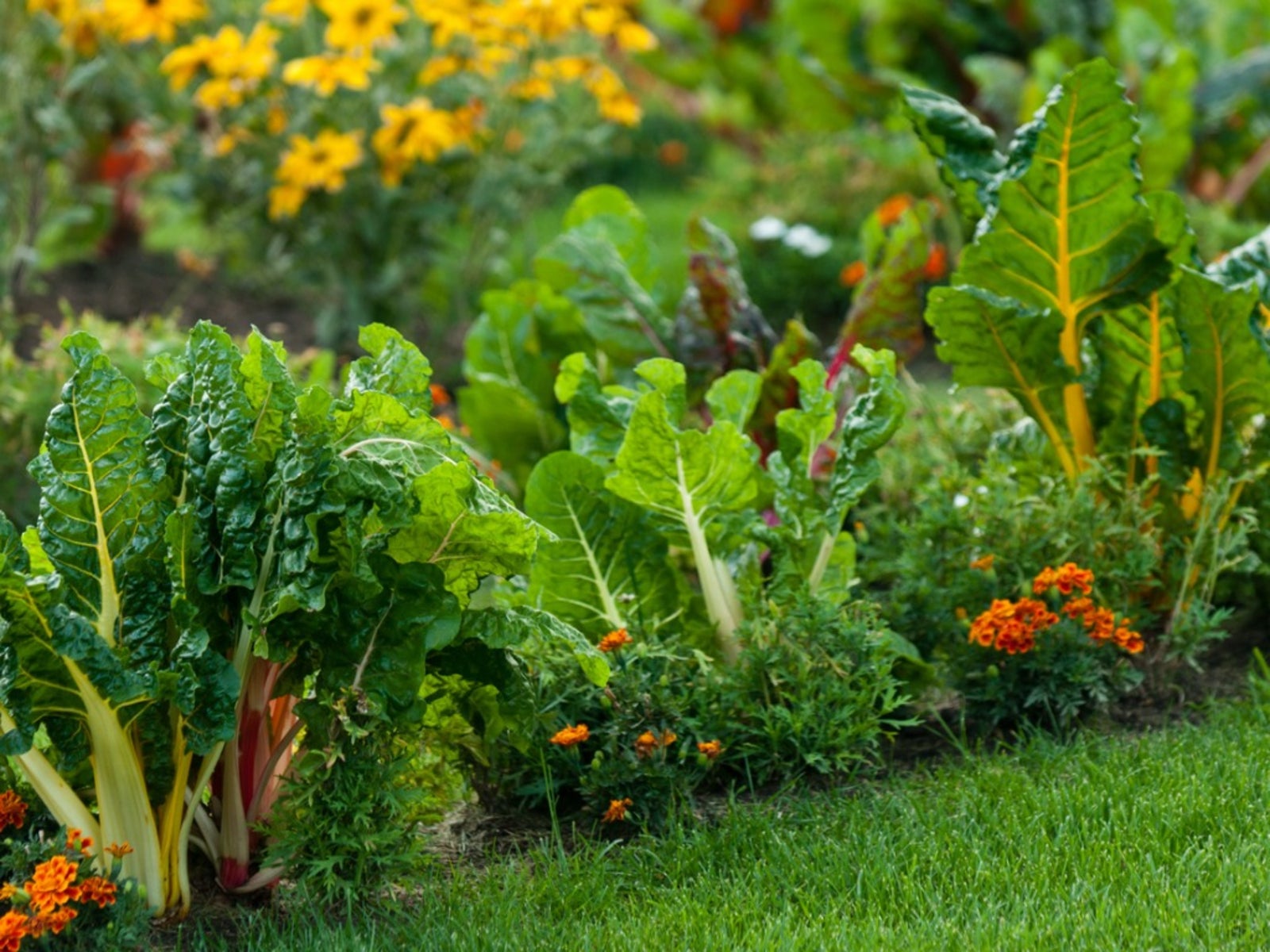
Post a Comment for " Vegetables To Plant Together For A Healthy And Productive Garden"